The many fans of the great painter of industrial northern life, L S Lowry, flocked to Tate Britain making it one of the top ten art exhibitions of 2013.
The Tate exhibitionconfirmed Lowry as Britain's most important artist of the industrial city and working class life. It focussed on some of the best known and loved industrial scenes and landscapes, many of which had been loaned from other galleries and private collections.
This was an exciting exhibition for all those who appreciate Lowry's painterly record of aspects of northern English life that have now almost completely disappeared.


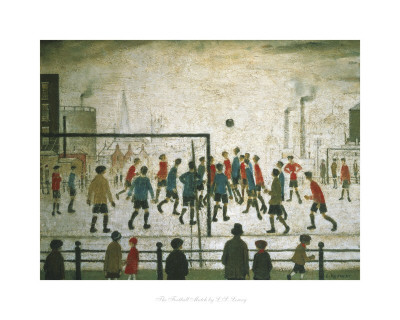

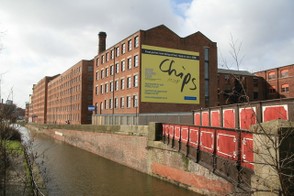
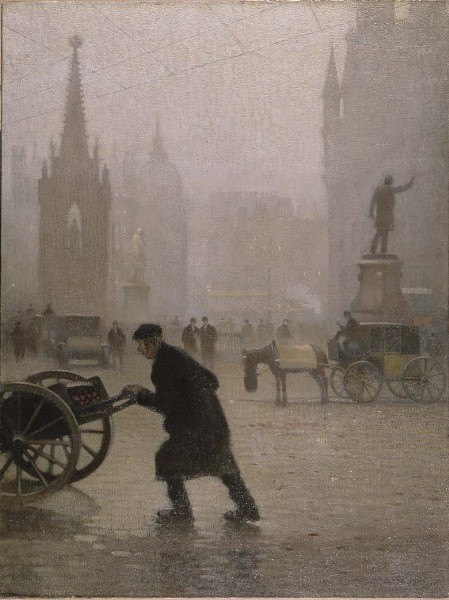
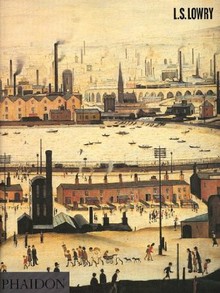
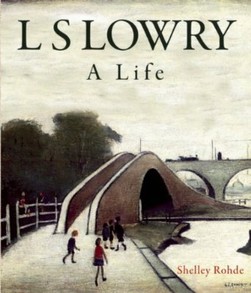
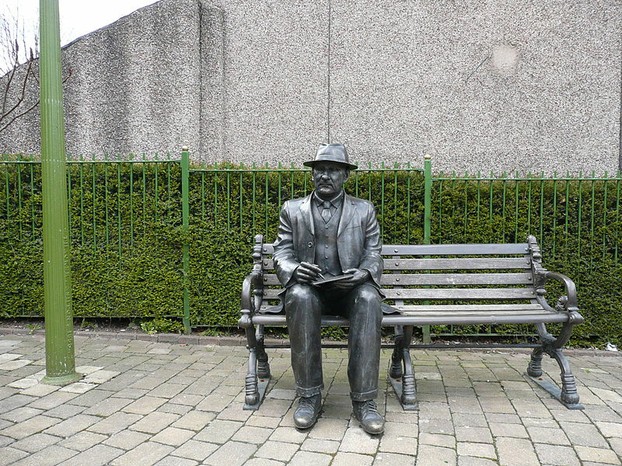

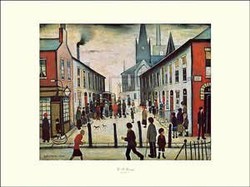

 How to Choose a Walking Cane or Stickon 08/01/2014
How to Choose a Walking Cane or Stickon 08/01/2014
 Michael Miller Fabulous Fabric Swatches for Quilting, Crafts etcon 07/02/2014
Michael Miller Fabulous Fabric Swatches for Quilting, Crafts etcon 07/02/2014
 The Drama of Life in the Rock Poolon 06/08/2014
The Drama of Life in the Rock Poolon 06/08/2014
 The Flâneur - Symbol of Modernity in 19th Century Parison 05/09/2014
The Flâneur - Symbol of Modernity in 19th Century Parison 05/09/2014

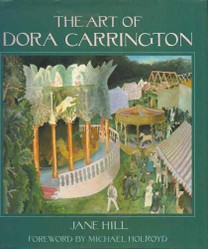
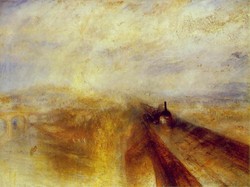
Comments
I am looking forward to going! :)
Love Lowry's paintings. Thanks for sharing his art. How wonderful the Tate is doing an exhibition of his work.
Elias - thank you so much for that lovely comment. I do love writing about art and I enjoy looking at paintings - I guess it's the thing I enjoy most of all!
Jo - I agree about Lowry - he's so accessible and people appreciate the way he has depicted their lives. Thanks so much for your post.
I really like Lowry. I know little about art, but Lowry doesn't require me to. I can relate to the scenes that he paints, because I live in a similar (though modernized) world.
I really love your art / painting articles, Kathleen. They are visually stunning and informative - like a short art history course :)